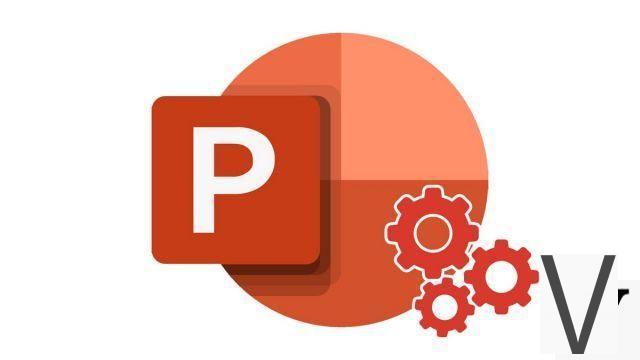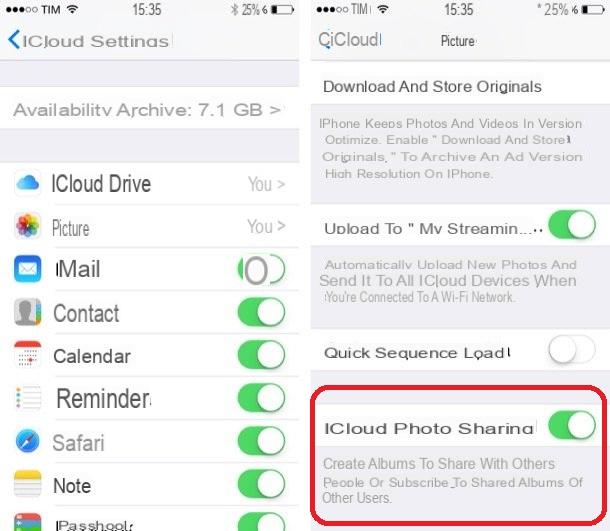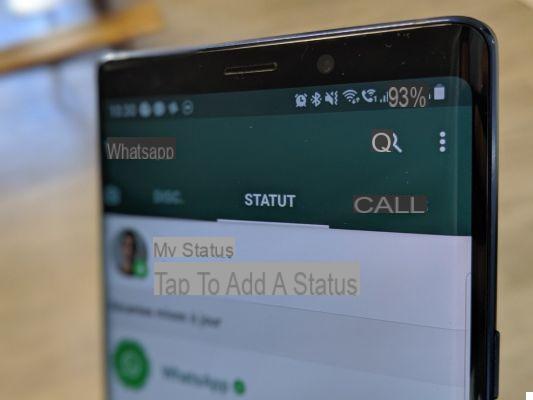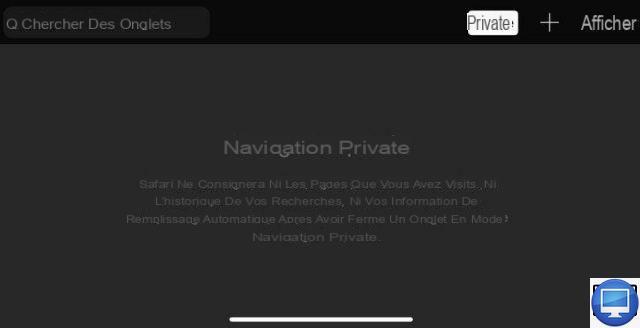 Risks of identity theft, exposure to malware, visibility of shared data: the use of Facebook is tricky and contains many subtleties for its members. Users who combine personal and professional uses on Facebook are naturally more exposed, given the risks to their reputation and that of their company, and to the integrity of the information they share. Security and confidentiality are therefore two crucial aspects to take into account when personal and corporate uses intersect on Facebook. So, how to use the network well in this configuration, and protect yourself adequately?
Risks of identity theft, exposure to malware, visibility of shared data: the use of Facebook is tricky and contains many subtleties for its members. Users who combine personal and professional uses on Facebook are naturally more exposed, given the risks to their reputation and that of their company, and to the integrity of the information they share. Security and confidentiality are therefore two crucial aspects to take into account when personal and corporate uses intersect on Facebook. So, how to use the network well in this configuration, and protect yourself adequately?
It should be noted that Facebook reserves the right to use for life, everything you put there (comments, photos, links, texts, images, videos ...), for non-exclusively commercial purposes and whatever setting your session. This is written into the user charter that you accepted by registering, or that you will have to accept.
- Work and personal life: properly configure Facebook
- Security settings
- Secure your profile using Facebook applications
- Be careful with the use of proxy servers
- “Avoiding Scams and Spams on Facebook”: a White Paper
- Facebook's safety tips
Work and personal life: properly configure Facebook
Organize Lists
Facebook lists allow you to share information (status, links, content) within specific groups. They therefore act as filters: information shared with a list is visible only to contacts belonging to this list. This trick therefore makes it possible to separate the personal (family, friends) and professional (eg, list of colleagues) uses of Facebook.
Lists can be used to share information on the progress of a collaborative project (event), geolocate relationships to distribute information in a relevant way.
Note:
- Contacts do not know they are added to the list of your choice
- It is possible to add contacts to multiple lists
- To share content with the list of your choice: use the audience selector, from the sharing window of your news feed
Facebook offers several types of lists by default (eg: close friends). One of them (“Restricted list) allows you to add contacts who will only have access to the publications and information of your publicly shared profile.
Priority privacy settings
Here are the privacy settings to change first if you use Facebook for both business and personal use. They are accessible by following: Home> privacy settings:
- Control default privacy settings. This feature allows you to pre-configure the visibility of content shared through a Facebook application without an audience selector (Ex: BlackBerry application)
- Making contact. For this functionality, set as a priority "Who can publish in your newspaper?" And "Who can see the publications of other people in your newspaper?". These two parameters make it possible to know exactly which contacts have access to which content, and therefore to be sure that published content will be hidden from certain members.
- How identifications work: to be used to moderate a priori the mentions / tags / geolocation tags (where you are, via Mobile Places) concerning you on content shared by a third party. This parameter allows you to better control your identity, and its visibility on third-party pages (eg: tagged photos)
- Application and websites. In particular, configure "how others transmit your information to the applications they use" (list of information to uncheck), and public search (by deactivating this function, you no longer appear in search engines if an Internet user performs a keyword search)
- Limit the audience for old posts
Security settings
They are accessible by following the following path: Home (top right of your Facebook page)> Account settings> Security (tab on the left column):
- Activate secure browsing (secure HTTPS connection), especially in the event of frequent use of unsecured WiFi networks. More details: Activate the encryption of your Facebook session
- Activate connection notifications (alert by text / email)
- If you suspect a possible theft of your account: scroll down the list of "active sessions" to check the recent places of access to your account. This allows you to manually suspend a fraudulent connection.
Read also:
- Manage the confidentiality of your Facebook profile
Facebook privacy settings
Secure your profile using Facebook applications
Several publishers offer security applications for Facebook.
BitDefender offers a free application for Facebook called "Safego" (also available for Twitter) which scans user wall, posts and comments to identify malicious links and other compromised content such as images, videos. It also provides a "privacy index", to help users manage their profile's privacy settings. Symantec's Norton Safe Web application for Facebook allows you to scan the news feed for links that may be potentially malicious.
Be careful with the use of proxy servers
Access to Facebook can be blocked in different contexts (at work, in schools, when traveling abroad). To get around this limitation, many Internet users use so-called "proxy" or proxy servers, which serve as an intermediary between a Web browser and the Internet. Lists of proxy servers are available on the internet.
But beware: it is impossible to know if the data passing through this intermediary will not be intercepted and then reused in a malicious manner.
It is therefore important to be careful when using this type of service.
Related topics on CCM:
What is a proxy?
Surf anonymously
“Avoiding Scams and Spams on Facebook”: a White Paper
Facebook and Norton by Symantec published in April 2012 a joint expert paper on the safe use of Facebook, titled “Avoiding Scams and Spam on Facebook” (available here)
Among the main tips of this White Paper:
- Be cautious of videos or links with sensational titles.
- Activate the privacy settings of your account
- Use passwords that are difficult to guess (our tip: "Choose, secure and manage your passwords")
- Be vigilant with regard to "attractive" offers allowing you to obtain something free of charge (discount coupons, games, etc.), especially when it is requested to first click on the "like" button before having access to the content.
- Use a security suite incorporating proactive protection features
Facebook's safety tips
To protect the use of their account, Facebook also recommends:
- Use an up-to-date browser, equipped with anti-phishing features (from Internet Explorer 8.0 and Firefox 3.0.100)
- Keep the security software on your PC up to date (firewall, anti-virus, anti-spyware, anti-phishing). Also avoid conflicts between these different solutions (see the myth: Install multiple antiviruses to increase security.
- Not to open attachments received in their emails
- Check the Facebook URL allowing you to log in to the service (https://www.facebook.com/), and enter this address as is in the address bar if in doubt. Some URLs on the web link to fake Facebook pages, which appear legitimate (to spoof user accounts).
More advice on the Facebook Security Fan Page


























